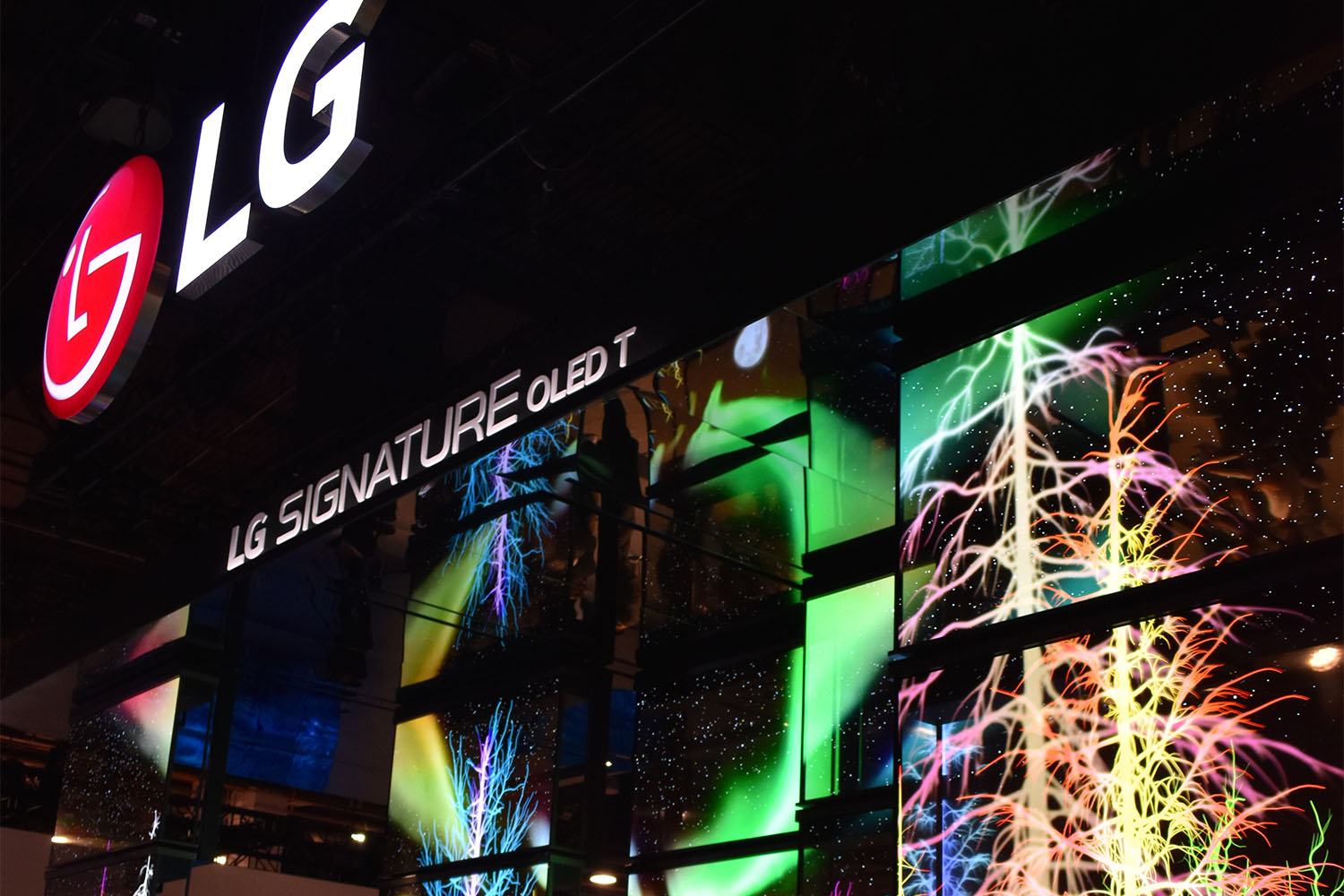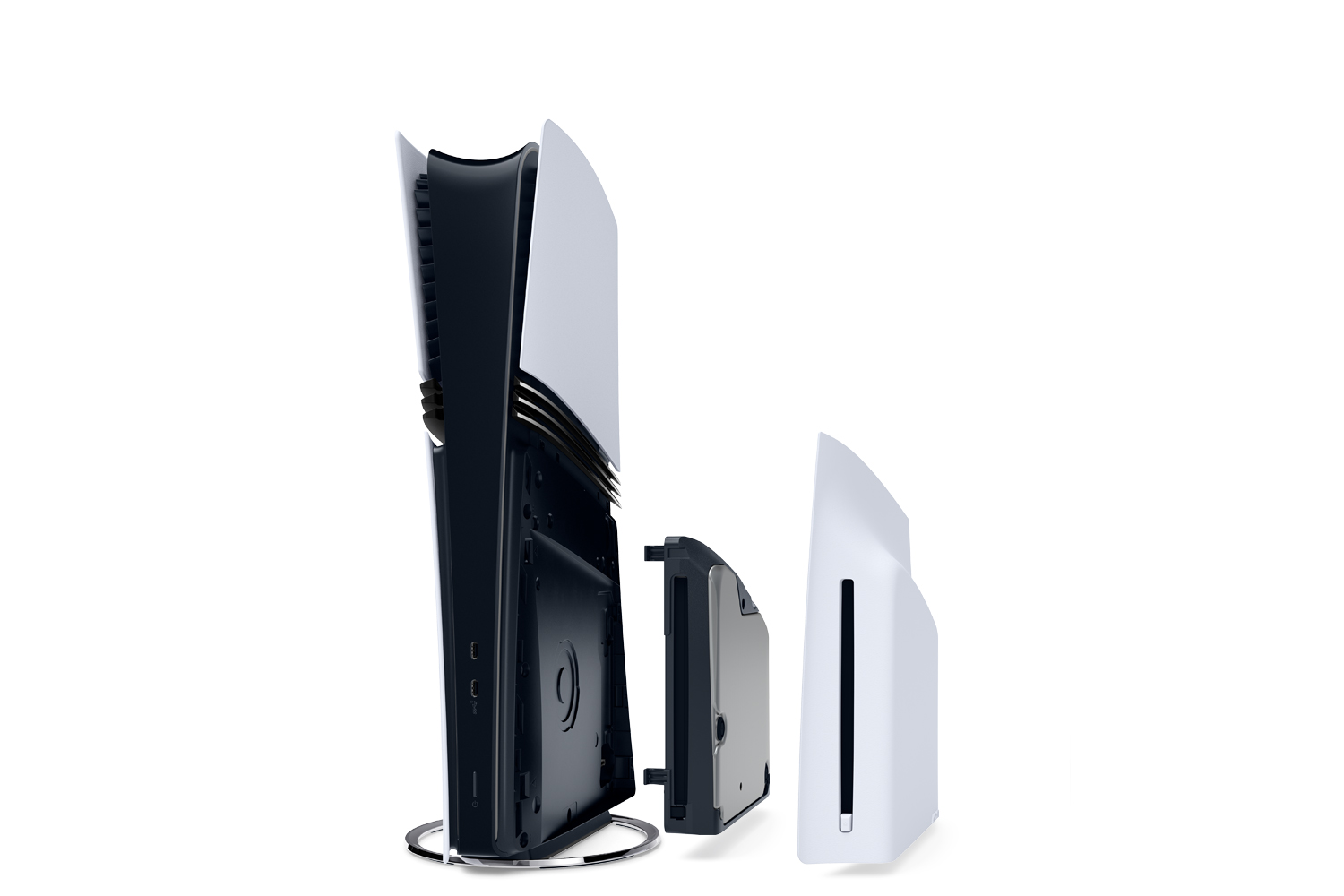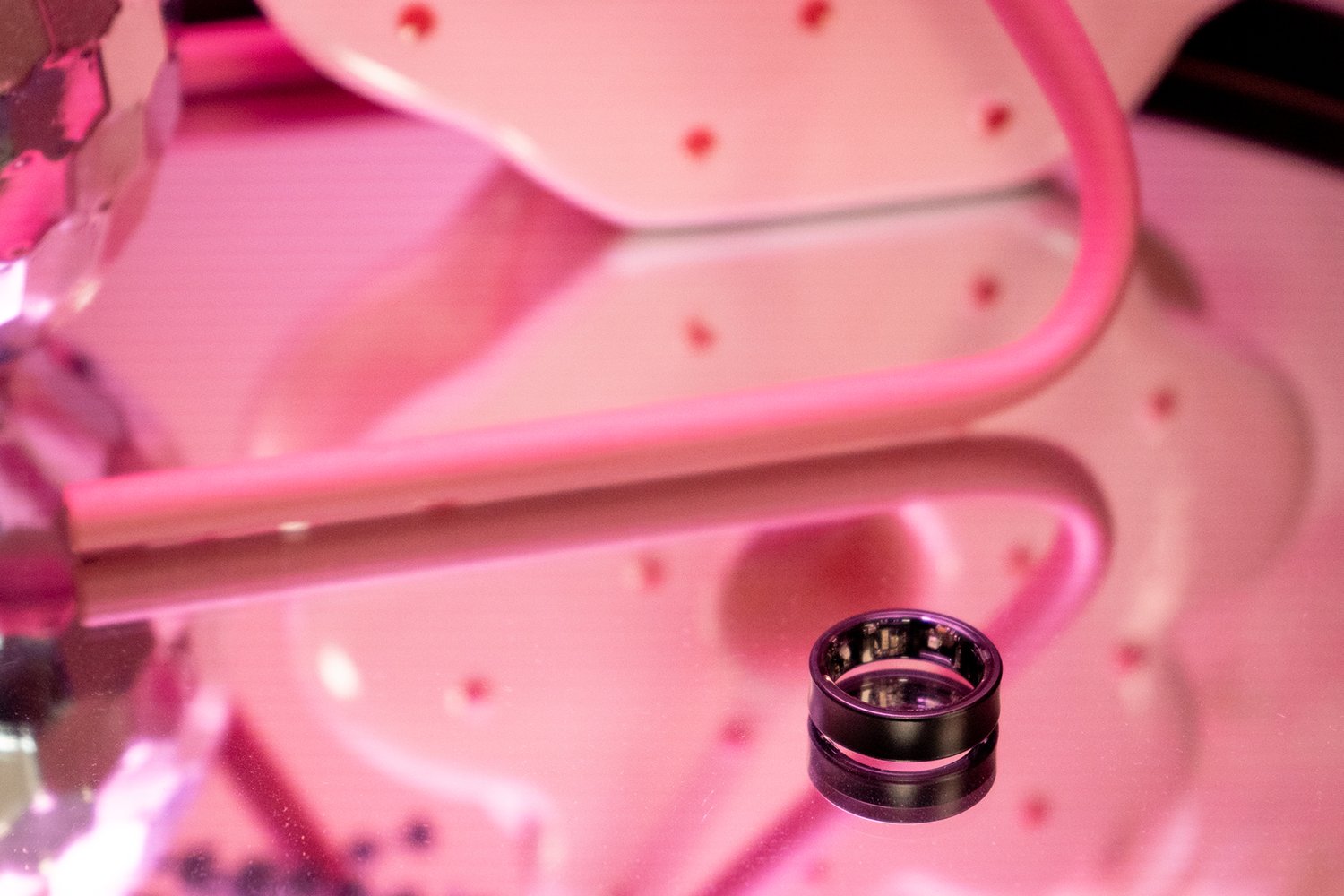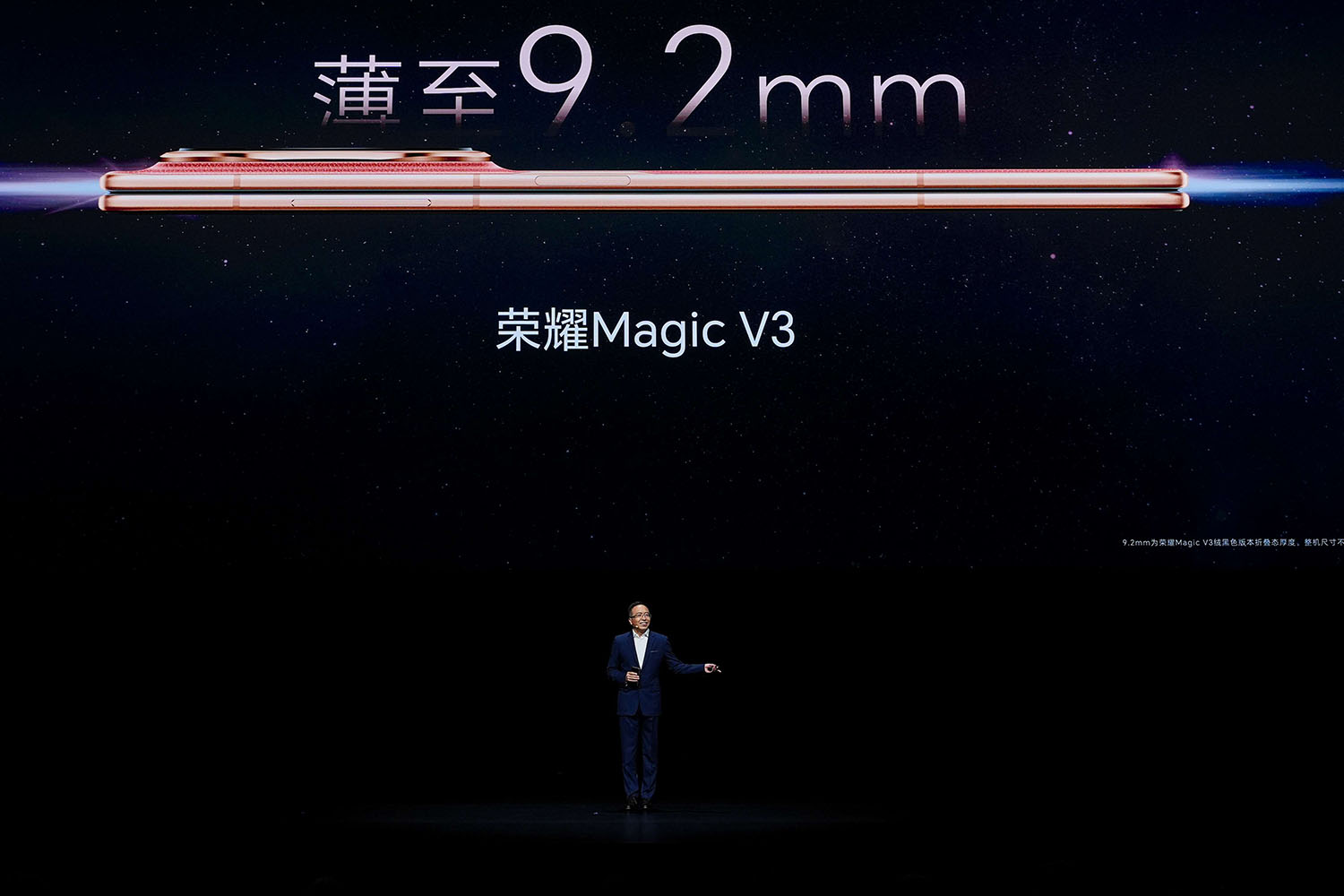The next step for better OLED beyond the quantum dot variety may already be around the corner in the form of blue phosphor OLED or PHOLED. A new report says that LG has a display sporting a tandem design around the corner, though we may not see it until next year.
The battle for high-end, consumer-end displays rages between mini-LED and OLED displays. If you’ve been paying attention to Samsung, Sony, LG, and more, the top-of-the-line displays you can actually buy (for a ludicrous price, we should add) would be something like the QD-OLED, which uses semiconductor nanocrystals. This technology produces brighter, more vivid colors than typical OLED.
The issue with OLED is that it’s significantly less efficient with blue light than red or green. PHOLED was developed first by Universal Display Corporation, but while the concept has been around for over a decade, the tech hasn’t materialized in any notable way. According to a report from last week by Korean-based ETNews based on anonymous industry sources (via TechRadar), that may have changed. According to a machine translation of the report, LG has cracked a display with PHOLED.
The company will need to test the manufacturing process and work towards bringing it to market. Still, if the report rings true, it could be a major step toward finally offering us the sight of these long-promised displays. There’s reason to believe the TVs are on their way. Last year, UHD told Tom’s Guide that it was working to get the PHOLED materials into the hands of TV manufacturers this year.
To give a very rudimentary rundown of why this is significant, you have to understand how OLED works. These are organic light-emitting diode displays that can generate their light. This means they don’t require a backlight, like a typical LCD or mini-LED. Red and green light in OLED use phosphorescent materials, whereas blue is a much less efficient fluorescent.
According to ETNews’ report, LG implemented this type of display with a tandem OLED design, ALA Apple. And that will be a big sticking point with these kinds of displays. The iPad Pro is a very expensive device that maxes out at a 13-inch screen. OLED is already very expensive, so layering two on top of the other compounds is the cost consumers can expect to pay.
So, no, you won’t be getting PHOLED for cheap any time soon. If LG releases a PHOLED in 2025, it’ll be at the tippy top of their lineup. It would be the kind of prototype display it shares at CES for onlookers to ogle, but it may be longer before we find any sitting in a living room.
The step is significant for OLED, but it won’t be the end-all, be-all in display technology. There are still ultra-expensive concepts for micro-LED, nanoLED, or even transparent and collapsing displays. These products aren’t really something anybody can go out and buy. We’ll have to wait and see whether PHOLED remains merely a high-end concept or something that will change the display landscape.














